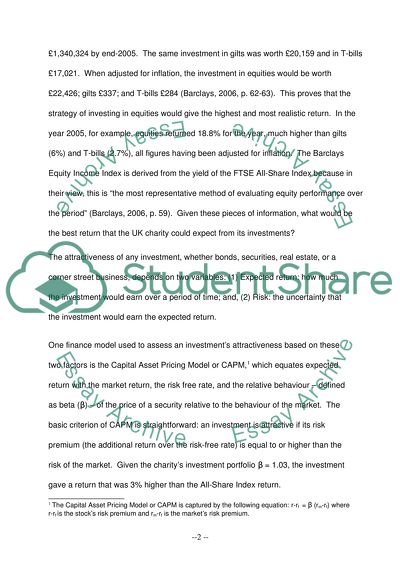Cite this document
(Portfolio Theory and Investment Analysis Term Paper, n.d.)
Portfolio Theory and Investment Analysis Term Paper. Retrieved from https://studentshare.org/finance-accounting/1534849-portfolio-theory-and-investment-analysis
Portfolio Theory and Investment Analysis Term Paper. Retrieved from https://studentshare.org/finance-accounting/1534849-portfolio-theory-and-investment-analysis
(Portfolio Theory and Investment Analysis Term Paper)
Portfolio Theory and Investment Analysis Term Paper. https://studentshare.org/finance-accounting/1534849-portfolio-theory-and-investment-analysis.
Portfolio Theory and Investment Analysis Term Paper. https://studentshare.org/finance-accounting/1534849-portfolio-theory-and-investment-analysis.
“Portfolio Theory and Investment Analysis Term Paper”, n.d. https://studentshare.org/finance-accounting/1534849-portfolio-theory-and-investment-analysis.


